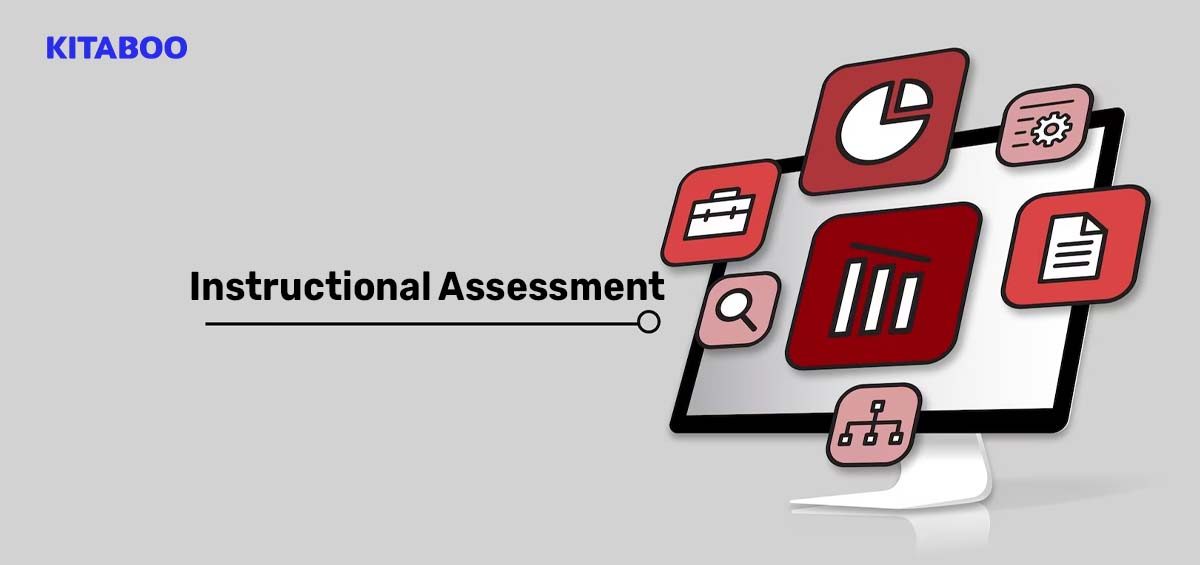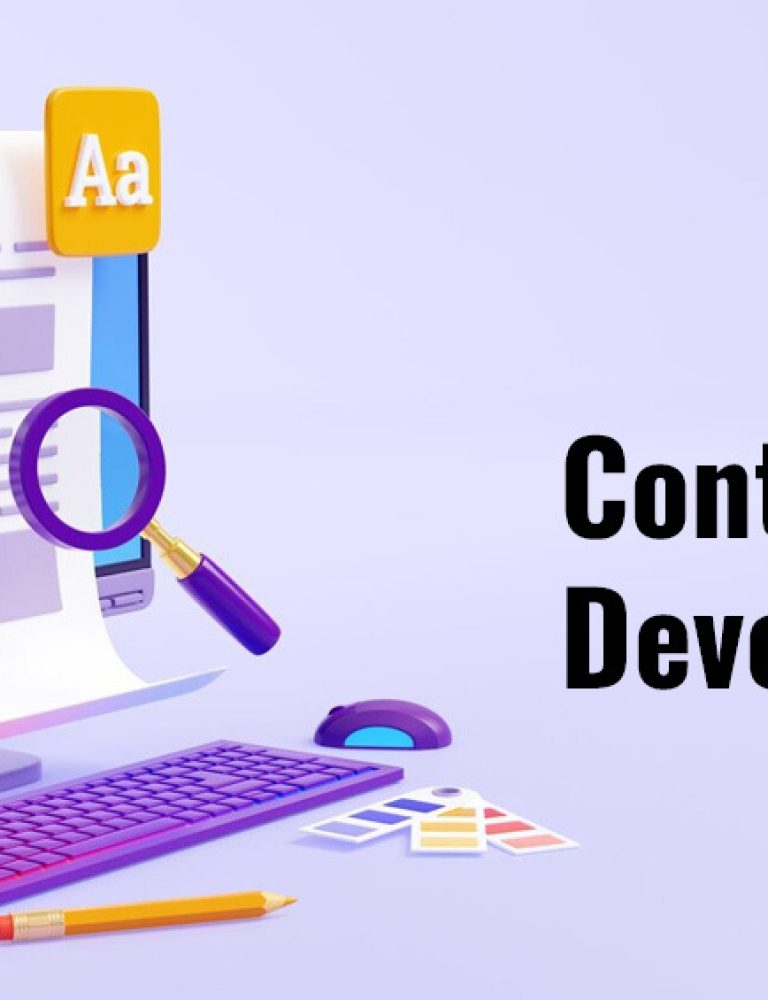How do we know if students have learned?
How can we assess instructional efficacy?
Over the last few decades, our thinking and assessment practices have undergone vast changes. Assessment innovation — the field of research focused on making assessment work better — has influenced how educators formulate, implement, and interpret their assessments.
These influences are known as innovations, as seen in a digital textbook platform like KITABOO.
To shape the future of assessment, we need to examine several major educational innovations that have shaped assessment practices by benefiting teachers and students in meaningful ways. Let’s dive in further.
Table of Contents
What is Assessment Innovation?
Assessment innovation is the use of technology to provide feedback to students and parents in real-time. The term also encompasses what we call “formative assessment.”
Formative assessments are assessments that are used throughout the learning process instead of only at the beginning or end of a topic or unit.
Assessment provides information about the effectiveness of instruction and the impact of curricula, programs, and interventions. It is also important for gauging progress toward goals and objectives within a course or program.
Why is Assessment Innovation Important?
The primary benefit of assessment innovation is that it enables students and parents to get continuous feedback on progress toward learning goals throughout the course (or course section).
For example, suppose your goal is for students to improve their reading comprehension skills by reading books independently over summer break. In that case, you can give them an online quiz every week so they can see how they are doing compared with their previous scores and adjust their reading habits accordingly.
Connotative Linguistics
This was done by incorporating different teaching strategies such as cooperative learning, discovery learning, and inquiry-based learning. The connotative linguistic is an instructional assessment innovation that started in the early 20th century with the advent of language arts.
Teachers realized they had a vested interest in establishing their own methods of instruction and assessment as schools gained more autonomy. Because information was presented in an exciting and engaging manner, the use of connotative language allowed students to become more involved with their studies.
The CLA consisted of four different types of writing: summary, analysis, argumentation, and exposition. Each type required students to use specific language patterns in their writing.
This was done so that teachers could easily determine whether or not students understood what they had read by analyzing their writing for these patterns.
Holistic Rubric
A holistic rubric is a scoring system that considers multiple factors when evaluating student work. In a holistic rubric, each criterion is weighted so that the final grade is determined by the sum of all components rather than simply by one or two aspects of the work.
Holistic assessments allow teachers to evaluate the quality of an assignment as a whole rather than just its individual parts. This helps teachers identify specific areas where students need additional support. The benefit here is that these assessments equip teachers with the information they need to provide better feedback during the learning process.
Instead of focusing solely on how well students write or speak, holistic rubrics consider how well they organize their thoughts and convey themselves verbally. It assists students in understanding what they need to do to perform better on tasks, allowing them to improve on their deficiencies over time.
Assessment Approaches Based on Mastery
They are predicated on the idea that students should only be tested on information they have learned. This ensures that students can progress in their learning rather than being hindered by gaps in their comprehension.
Assessment techniques based on mastery allow teachers to evaluate what students know and can do rather than how well they know it or how hard they work at it. They assist students in learning by focusing on idea mastery rather than filling in bubbles on multiple-choice assessments.
Mastery models also enable teachers to measure student growth and progress towards mastery over time as opposed to only at the end of a unit or course.
For instance, whenever children are learning to add two-digit numbers, they should be assessed when they can do it fluently and accurately rather than after each class or practice session.
This allows teachers to devote their time to students who have not yet learned a subject while enabling those who have mastered it to continue practicing until they are ready for new challenges.
Performance-Based Evaluation
Rather than just testing information, they are intended to assess student achievement in a range of scenarios. They allow students to demonstrate what they have learned by applying it in a real-world environment.
Performance-based evaluations frequently include rubrics that outline exactly what students should do and how they should do it in order for students to comprehend better what is being assessed. These rubrics enable teachers to assess student work in relation to the standards that are expected.
The objective is to evaluate students based on their performance in the classroom rather than standardized assessments. This method is intended to be more authentic, allowing students to exhibit their skills through creative assignments or real-world applications.
Instead of having students memorize definitions or formulas, teachers may have them build an original product or work on a group project. Performance evaluations, which often take more time than regular tests, can be utilized as a diagnostic tool for both teachers and students.
Also Read: Cloud Ebook Publishing
The Bottom Line
Innovative assessment practices are on the rise. And why? Because they play an instrumental role in helping faculties identify strengths and weaknesses in their teaching strategies. This includes the use of new technologies to enhance learning.
While assessment was not meant for learning, many best practices have been developed in assessment innovation, assessment design, and test development. This is also where the experts at KITABOO, the digital textbook platform, step into the picture.
KITABOO has developed multiple increasingly effective approaches and solutions to today’s assessment needs. Our innovative evaluation and performance tactics work brilliantly – all while being able to track results from administration to reporting.
Contact our expert team now and get started!
To know more, please write to us at KITABOO@hurix.com.
Suggested Reads:
Discover How An Ebook Conversion, Publishing & Distribution Platform Can Help You
Kitaboo is a cloud-based content platform to create-publish & securely distribute interactive mobile-ready ebooks.
You May Also Like









